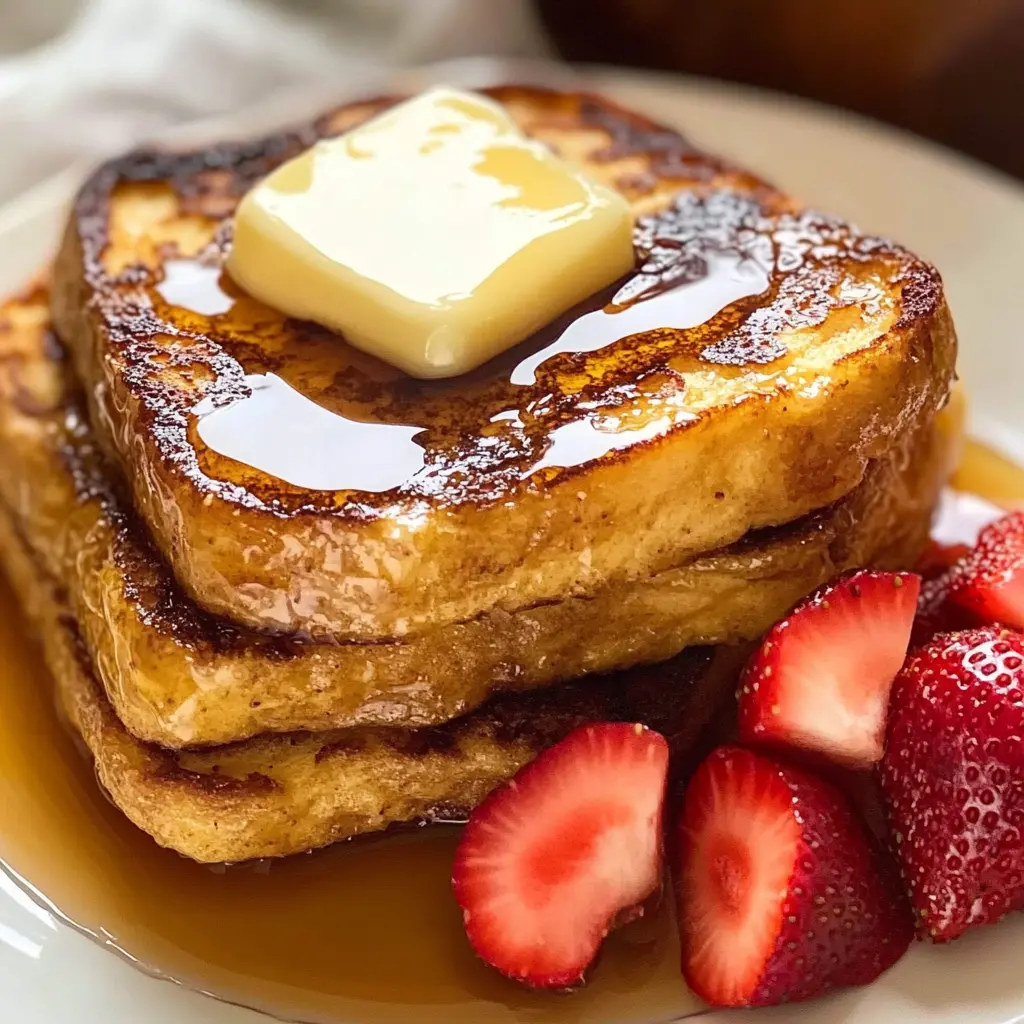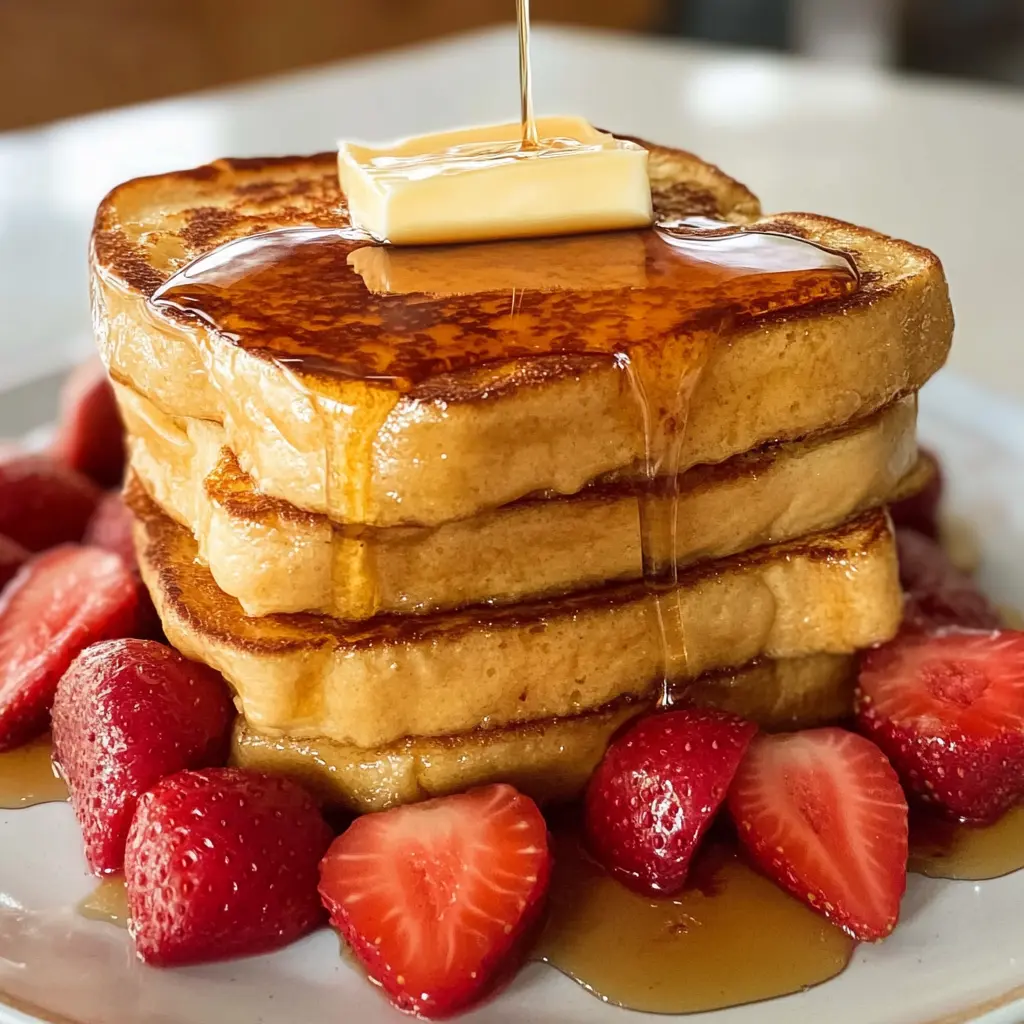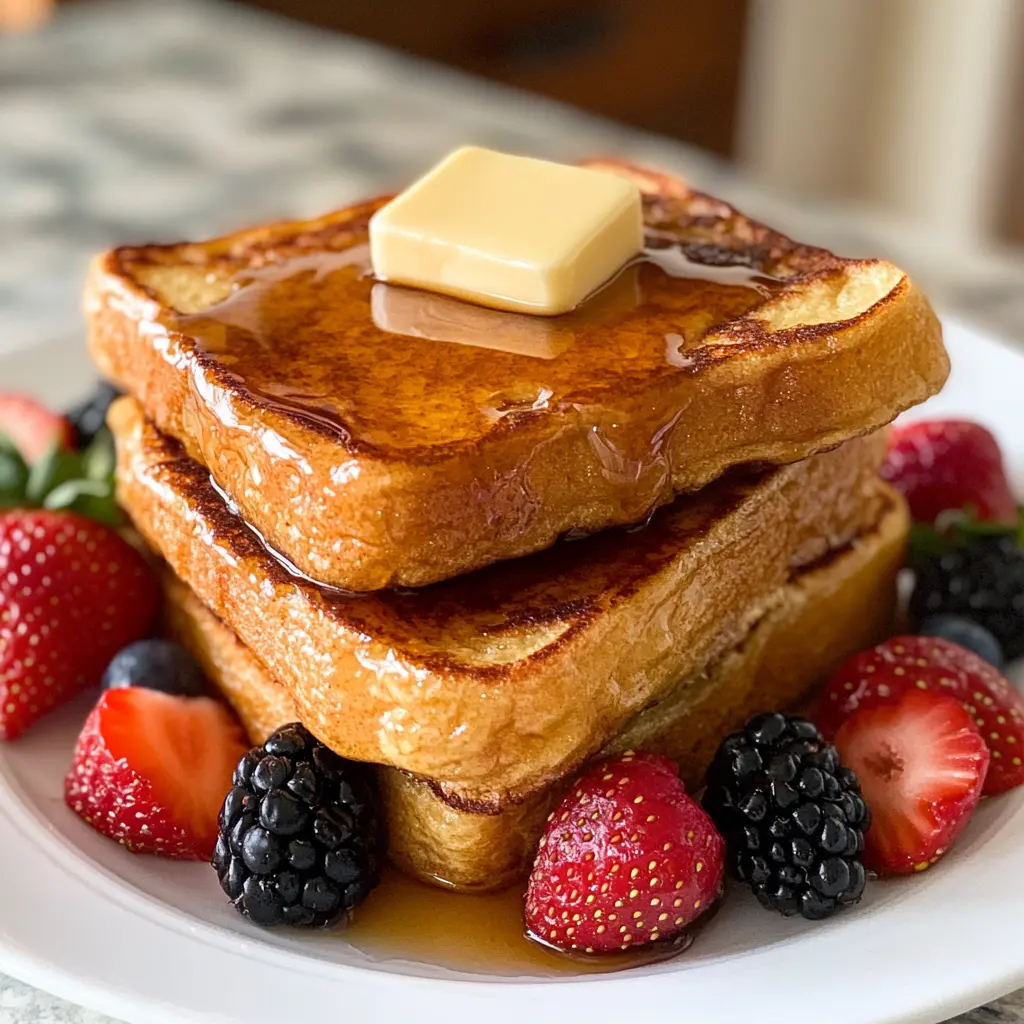Introduction
Bread is a staple in many diets around the world, but for those with gluten intolerance or celiac disease, traditional wheat-based bread is off-limits. Fortunately, there are numerous naturally gluten-free bread options available. These breads, made from naturally gluten-free grains and flours, provide safe and delicious alternatives. Choosing naturally gluten-free options is crucial for maintaining health and avoiding the adverse effects of gluten consumption. In this article, we’ll explore the best naturally gluten-free bread choices, their benefits, and how to incorporate them into your diet. Let’s dive into the world of gluten-free bread and discover healthier options for everyone.
Understanding Gluten and Gluten Intolerance for a natural gluten-free bread
What is Gluten?
Gluten is a group of proteins found in wheat, barley, and rye. It gives dough its elasticity, helps it rise, and maintains its shape. This protein combination is essential for the texture and structure of many baked goods. Common sources of gluten in food include:
- Bread: Most traditional bread is made from wheat flour, which contains gluten.
- Pasta: Typically made from wheat, which is high in gluten.
- Cereals: Many breakfast cereals contain wheat or barley.
- Baked Goods: Cakes, cookies, and pastries often use wheat flour.
- Processed Foods: Gluten can be found in a variety of processed foods due to its stabilizing and thickening properties.
Gluten Intolerance and Celiac Disease for a natural gluten-free bread
Gluten intolerance and celiac disease are conditions that cause adverse reactions to gluten consumption.
The Gluten Intolerance: Also known as non-celiac gluten sensitivity, this condition leads to symptoms similar to those of celiac disease but without the autoimmune response. Symptoms include bloating, diarrhea, stomach pain, and fatigue. While the symptoms can be uncomfortable, gluten intolerance does not cause damage to the small intestine.
Celiac Disease: This is an autoimmune disorder where ingesting gluten triggers an immune response that attacks the lining of the small intestine. This can lead to serious health issues, including malnutrition, due to the reduced ability to absorb nutrients. Symptoms of celiac disease can include severe digestive problems, anemia, joint pain, and skin rashes.
Both conditions require a strict gluten-free diet to manage symptoms and maintain overall health. Avoiding gluten helps prevent the discomfort and health issues associated with these conditions. Understanding the importance of naturally gluten-free bread options is crucial for anyone managing gluten intolerance or celiac disease.
Naturally Gluten-Free Grains and Flours
Naturally Gluten-Free Grains
Several grains are naturally gluten-free and serve as excellent alternatives for those avoiding gluten. Here are some of the most popular options:
- Rice: Versatile and widely available, rice is a staple in many cultures. It can be used whole, as flour, or in various forms
- Corn: Cornmeal and corn flour are used to make cornbread, a naturally gluten-free option. Corn is rich in fiber and provides a sweet, nutty flavor.
- Quinoa: This nutrient-rich grain is high in protein and contains all nine essential amino acids. It can be used whole or ground into flour for baking.
- Millet: Known for its mild flavor, millet is a great addition to gluten-free recipes. It is also high in fiber and essential minerals.
- Sorghum: This ancient grain is rich in antioxidants and works well in gluten-free flour blends. It has a mild, sweet flavor that complements many recipes.
Naturally Gluten-Free Flours
Flours made from naturally gluten-free grains are essential for gluten-free baking. Each type of flour brings unique properties and benefits to the table:
- Rice Flour: Light and mild in flavor, rice flour is commonly used in gluten-free baking. It provides a good base but often needs to be combined with other flours to improve texture.
- Corn Flour: Adds a slightly sweet flavor and is excellent for making cornbread. It’s also a good source of fiber and essential nutrients.
- Almond Flour: Made from ground almonds, this flour is rich in protein and healthy fats. It adds a moist texture to baked goods and a slightly nutty flavor.
- Coconut Flour: High in fiber and low in carbs, coconut flour absorbs a lot of moisture and is often used in small amounts combined with other flours. It imparts a subtle coconut flavor.
- Quinoa Flour: Offers a nutty flavor and high protein content, making it a nutritious addition to gluten-free recipes. It is particularly good for adding structure and density to bread.
Using these naturally gluten-free grains and flours, you can create a variety of delicious and nutritious bread options that cater to those with gluten intolerance or celiac disease. These grains not only provide safe alternatives but also offer numerous health benefits, making them a valuable part of a balanced diet.
Types of Naturally Gluten-Free Bread
Rice Bread
Rice bread is a popular option for those avoiding gluten. Made primarily from rice flour, it offers a light and mild flavor. Many people enjoy rice bread because it is easy to digest and versatile in recipes.
Benefits:
- Easily digestible
- Light texture and mild flavor
- Versatile for various recipes
Popular Brands and Homemade Recipes:
- Bob’s Red Mill Cornbread Mix is a popular brand.
- For a homemade recipe, combine rice flour, water, yeast, and a binder like xanthan gum.
Cornbread
Cornbread, made from cornmeal, is another naturally gluten-free bread that many enjoy. It pairs well with soups and stews and has a slightly sweet and moist texture.
Benefits:
- Naturally sweet flavor
- Moist texture
- Complements a variety of dishes
Popular Brands and Homemade Recipes:
- Bob’s Red Mill Cornbread Mix is a popular brand.
- To make it at home, mix cornmeal, eggs, milk, baking powder, and a sweetener like honey.
Almond Flour Bread
Almond flour bread is rich in nutrients and offers a moist, dense texture. This bread is a good option for those looking for a low-carb alternative.
Benefits:
- High in protein and healthy fats
- Low in carbohydrates
- Moist and dense texture
Popular Brands and Homemade Recipes:
- Simple Mills Almond Flour Bread Mix is well-liked.
- For a homemade version, mix almond flour, eggs, baking soda, and a bit of honey or apple cider vinegar.
Coconut Flour Bread
Coconut flour bread is high in fiber and has a subtle coconut flavor. This bread is great for those who need a low-carb, high-fiber option.
Benefits:
- High fiber content
- Low in carbohydrates
- Subtle coconut flavor
Popular Brands and Homemade Recipes:
- Coconut Secret Coconut Flour Bread Mix is a popular choice.
- To make it at home, use coconut flour, eggs, baking powder, and a liquid like milk or water.

Quinoa Bread
Quinoa bread, made from quinoa flour, is nutritious and has a slightly nutty flavor. It is high in protein and fiber, making it a healthy choice.
Benefits:
- High in protein and fiber
- Contains all nine essential amino acids
- Slightly nutty flavor
Popular Brands and Homemade Recipes:
- Alvarado Street Bakery Sprouted Quinoa Bread is a good option.
- A homemade recipe might include quinoa flour, eggs, water, baking powder, and a binder like xanthan gum.
These naturally gluten-free breads offer diverse flavors and textures, ensuring that everyone can find an option that suits their taste and dietary needs. By exploring different grains and flours, you can enjoy a variety of delicious gluten-free bread choices.
Making Naturally Gluten-Free Bread at Home
Benefits of Homemade Naturally Gluten-Free Bread
Making your own gluten-free bread at home has several advantages:
- Control Over Ingredients: You can select high-quality, natural ingredients and avoid additives.
- Freshness: Homemade bread is often fresher and more flavorful than store-bought versions.
- Customization: You can adjust recipes to suit your taste and dietary needs.
Basic Recipe for Naturally Gluten-Free Bread
Here’s a simple recipe to get you started:
Ingredients:
- 2 cups of rice flour
- 1 cup of almond flour
- 1/2 cup of tapioca starch
- 2 teaspoons of xanthan gum
- 2 teaspoons of baking powder
- 1 teaspoon of salt
- 1 1/2 cups of warm water
- 2 tablespoons of olive oil
- 2 large eggs
Instructions:
- Mix Dry Ingredients: Combine rice flour, almond flour, tapioca starch, xanthan gum, baking powder, and salt in a bowl.
- Combine Wet Ingredients: In another bowl, mix warm water, olive oil, and eggs until well combined.
- Form Dough: Gradually add the wet ingredients to the dry ingredients, mixing until smooth.
- Proof Dough: Let the dough rise in a warm place for about an hour.
- Bake: Preheat the oven to 375°F (190°C). Transfer the dough to a greased loaf pan and bake for 35-40 minutes.
Tips for Best Texture and Flavor
- Use Fresh Ingredients: Fresh flours and eggs improve the bread’s taste and texture.
- Experiment with Flours: Combine different gluten-free flours to find your preferred texture and flavor.
- Moisture Control: Adding ingredients like applesauce or yogurt helps keep the bread moist.
By following these steps and tips, you can bake delicious, naturally gluten-free bread at home, ensuring you have a fresh and safe option for your dietary needs.
Incorporating Naturally Gluten-Free Bread into Your Diet
Using Naturally Gluten-Free Bread in Meals
Naturally gluten-free bread can be a versatile addition to your diet. Here are some ideas on how to incorporate it into everyday meals:
- Sandwiches: Use naturally gluten-free bread to make delicious and nutritious sandwiches. Fill them with your favorite ingredients like turkey, avocado, or hummus for a quick and healthy meal.
- Toast: Start your day with a slice of gluten-free bread toasted and topped with butter, jam, or avocado. This makes for an easy and satisfying breakfast.
- Appetizers: Serve naturally gluten-free bread slices with dips like guacamole, salsa, or a gluten-free spinach artichoke dip. They also work well as a base for bruschetta.
- Side Dish: Pair gluten-free bread with soups and salads to add texture and substance to your meals. A slice of warm, homemade bread complements a bowl of soup perfectly.
- Snacks: Keep gluten-free bread on hand for quick snacks. Spread with nut butter or pair with cheese for a tasty, filling snack.
Creative Recipes Using Naturally Gluten-Free Bread
Here are some creative ways to use naturally gluten-free bread in your cooking:
- French Toast: Use almond flour bread or rice bread to make a classic French toast. Soak the bread in an egg mixture with a dash of cinnamon and vanilla, then cook in a skillet until golden brown. Serve with fresh fruit and maple syrup.
- Stuffing: Make a gluten-free stuffing using cornbread. Combine cubed cornbread with sautéed onions, celery, herbs, and broth. Bake until golden and enjoy with your favorite holiday meal.
- Bread Pudding: Use leftover rice bread to make a sweet or savory bread pudding. For a sweet version, mix bread cubes with eggs, milk, sugar, and vanilla. For a savory twist, add cheese, vegetables, and herbs.
- Croutons: Turn any gluten-free bread into croutons by cubing and toasting with olive oil and seasonings. These croutons can be used to add crunch to salads or soups.
- Panini: Use quinoa bread to make a delicious panini. Fill with ingredients like mozzarella, tomato, and basil, then press and grill until the bread is crispy and the cheese is melted.
These recipes show the versatility of naturally gluten-free bread and how it can be incorporated into various meals and snacks. By exploring these ideas, you can enjoy a diverse and satisfying gluten-free diet.
Nutritional Considerations
Nutritional Benefits of Naturally Gluten-Free Bread
Naturally gluten-free bread can offer several health benefits compared to regular bread:
- Higher Nutrient Density: Many gluten-free grains and flours are rich in vitamins, minerals, and antioxidants. For instance, quinoa is high in protein and contains all nine essential amino acids.
- Better Digestibility: Gluten-free bread can be easier on the digestive system, especially for those with gluten intolerance or celiac disease.
- Lower Glycemic Index: Some gluten-free breads, like those made with almond flour, have a lower glycemic index. This helps in managing blood sugar levels more effectively.
Comparison with Regular Bread:
- Fiber Content: While some gluten-free breads may have less fiber than whole wheat bread, others made with high-fiber ingredients like quinoa or millet can match or exceed the fiber content of regular bread.
- Protein: Gluten-free breads made with ingredients like almond flour or quinoa can offer higher protein content compared to traditional wheat bread.
- Carbohydrates: Gluten-free bread often has a different carbohydrate profile. For those on a low-carb diet, options like almond flour bread are beneficial.
Choosing the Right Naturally Gluten-Free Bread for Your Needs
Selecting the right gluten-free bread involves considering your dietary requirements and taste preferences:
- For Low Carb Diets: Choose bread made with almond flour or coconut flour, which are lower in carbs.
- For High Fiber Needs: Opt for bread that includes high-fiber ingredients like quinoa, millet, or flaxseeds.
- For Protein Boost: Look for bread made with high-protein grains like quinoa or include seeds and nuts.

Conclusion
Naturally gluten-free bread offers a safe, nutritious, and delicious alternative for those with gluten intolerance or celiac disease. By exploring different grains and flours, trying new recipes, and incorporating these breads into your daily meals, you can enjoy a healthy, gluten-free lifestyle. Embrace the variety and benefits of naturally gluten-free bread, and discover new favorites that fit your dietary needs perfectly.
FAQs and Conclusion
Frequently Asked Questions (FAQs)
- What grains are naturally gluten-free? Naturally gluten-free grains include rice, corn, quinoa, millet, and sorghum.
- Can naturally gluten-free bread be as nutritious as regular bread? Yes, especially when made with nutrient-rich grains like quinoa and flours like almond or coconut flour. These can provide higher protein and fiber content than traditional wheat bread.
- How can I make naturally gluten-free bread at home? Follow simple recipes that use naturally gluten-free flours and grains. Customize them with additional ingredients to suit your taste and dietary needs.



